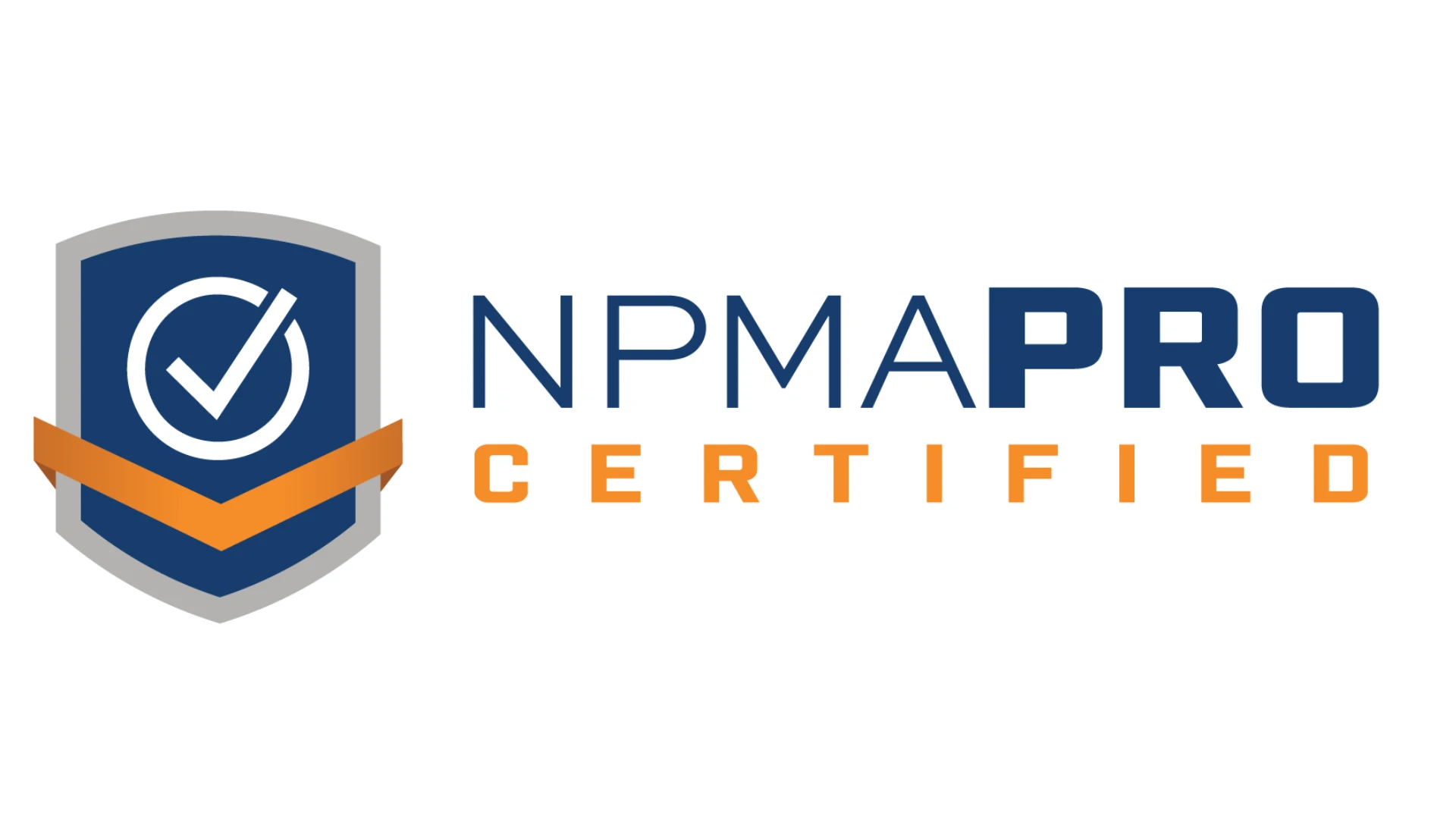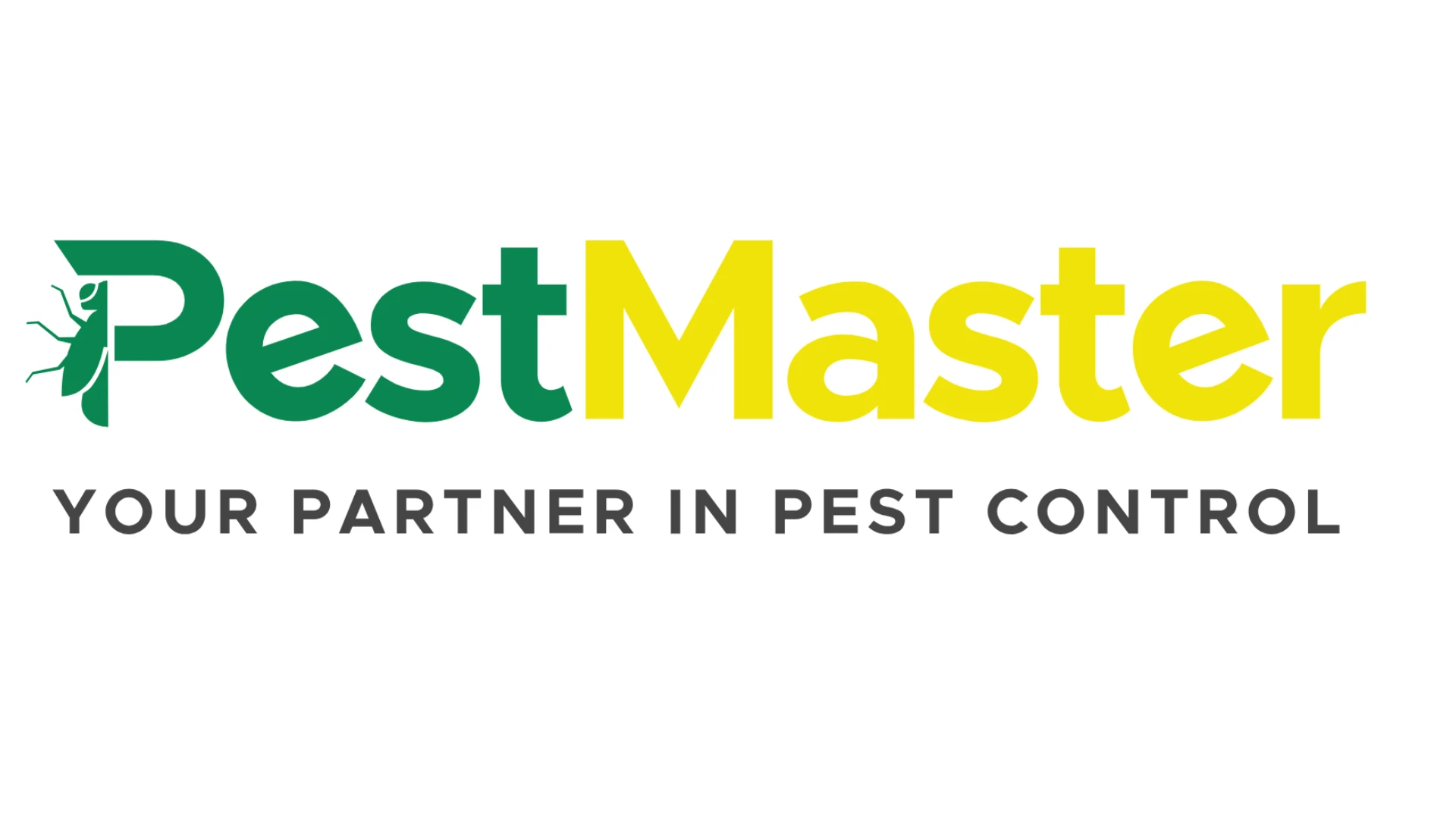Most of the public have a definite opinion about snakes and it seems that the majority don’t like them. In actuality snakes are generally beneficial and many species aid in the reduction of rodents in the areas where they live. Whether a lot of this dislike is reflective of biblical events of Adam and Eve or the fear of the unknown, the sight of a snake in or around a homeowner’s property often generates a telephone call for help. In this article we’ll take a look at some basic principles of snake biology and tips in dealing with "snake management" in and around homes.
GENERAL BIOLOGY. All snakes are reptiles and cold blooded. The temperature of the environment where they are living directly affects most of their activity. In North Carolina we definitely see seasonal periods of movement that we can track by the calls coming into our offices. The largest number of calls occur in late spring and early summer. We also see a lesser period of increased activity in the early fall as snakes are beginning to seek shelter from cooler weather. Snakes also have an efficient metabolism. Depending on the size of their last meal, a snake may remain inactive for a week or more following feeding. If you are inspecting for a snake in a structure it is uncommon to see them "on the move" unless they are looking for food or have been disturbed from resting.
In the United States the vast majority of our snakes are non-poisonous. The most venomous species include rattlesnakes, copperheads (see photo above right), water moccasins and coral snakes. In which part of the country you are located will determine the most common species of snake you are likely to encounter. It is important for you and your staff to have a thorough knowledge of the various snake species that are present in your area if you are going to be involved with snake removal and exclusion services.
At our firm we look at five general areas of service needs and potential revenue sources in dealing with snake calls. These include, on-site animal removal, trapping services, exclusion services, habitat modification and reduction of food sources.
ON-SITE REMOVAL. One of the easiest snake calls to deal with occurs when a homeowner encounters a snake that is undisturbed. The snake may be sunning in a bush, lying out in a warm attic or coiled on top of the hot water heater. In these cases removal of a non-venomous snake can often be as simple as inverting a cloth "snake bag" over your hand and picking up the snake and pulling the bag back over the snake. Equipment to have on hand should also include a good flashlight, snake tongs, a snake hook, snake bags, a sturdy lockable snake cage or bucket and heavy gloves. You should always be prepared to deal with the unexpected.
In certain parts of the country there is always a possibility of encountering a non-native escaped venomous snake or venomous snakes that require more caution and expertise in capturing. If the snake is resting you should take your time to evaluate the situation and the best manner in which to capture the snake. At times you may only have one opportunity to capture the animal and a snake in a wall void or under a slab foundation can be difficult to remove. You should also keep in mind that snakes can be easily injured with the improper use of snake tongs. The snake can often be grasped with a set of tongs and the remaining weight of the snake supported with a snake hook. Many years ago I spent a fair amount of time capturing venomous snakes and always enjoyed "pinning" and picking up captured snakes by hand. Being a little wiser today, plus a little slower than in my younger days, I opt to always avoid handling venomous snakes. Remember, the more you handle venomous snakes then the greater your chances are of being bitten.
Last year we had an electrician step through the ceiling of a home and fall about 20 feet after seeing a snake in the attic of a home. A month ago we had a heating and air conditioning crew refuse to enter a crawl space after seeing a black rat snake in the crawl space of a home where they were working. Several years ago I even had one individual shoot holes through the roof of his own house trying to kill a snake that was crawling on top of a suspended ceiling. Many folks are truly terrified of snakes and you should always keep this in mind when responding to service calls, answering questions and removing snakes from a property.
TRAPPING SERVICES. It is common to receive calls for snake removal where a snake was seen and the homeowners want the snake removed. Depending on the specific situation you may or may not have success in locating the animal and removing it from the property.
When talking with the customer I always try to obtain as much information as possible concerning the sighting(s). I try to determine why the animal was there (i.e., food, shelter or just "passing through the area"). I also try to get a description of the snake, which may provide enough information for tentative identification. Keep in mind that different snake species have different types of behaviors, which will dictate where you may look for or attempt to trap the animal. For example, rat snakes are excellent climbers. If I am going into a basement in search of a rat snake I always try to think "3D," which means looking down as well as up along the sill lines and overhead ductwork. On the other hand, if I were going after a copperhead I would concentrate my inspection efforts closer to the ground level since these snakes are not efficient climbers.
Once on site at a home I always like to inspect for evidence of prey animals, such as mice, rats, voles, chipmunks, birds, etc. I also inspect for potential points of entry into the structure and the highest potential travel routes. I also look for evidence of snakes though shed skins, droppings and movement in dust and loose soil.
If a snake cannot be located during the inspection process I often install large rodent glueboards in locations of potential movement. You may want to secure these glueboards to a plyboard if you are dealing with a larger snake to avoid it from pulling the board away once it is captured.
We recently had a situation where one of our technicians placed a large rodent glueboard next to a hot water heater in a home where the owner had seen a rat snake go into a hole behind the hot water heater. That afternoon we received a call from the homeowner that the snake was caught on the glue board and had pulled the board up under the hot water heater and was halfway back into the hole. Once back on site our technician was not able to reach the snake and we ended up having to call in a plumber to move the hot water heater. Of course the snake got off the board during this ordeal and crawled back in the wall. We then had to cut a hole in the wall to reach the snake and remove it in order to calm the highly alarmed homeowner. Needless to say that was not a profitable snake-trapping experience!
According to some literature, loose burlap can be laid over a moist towel and snakes will crawl beneath it to rest and hide. I personally have limited experience trying this method of snake capture. I have had repeated success in capturing snakes outdoors by placing sections of plyboard or roofing tin on the ground with one end slightly elevated in areas where snakes are present. These created "harborage sites" require repeated inspection and care should always be taken during the inspection process to avoid close contact with potentially venomous snakes.
There are also several commercial snake traps available for purchase. One type involves the use of an easily assembled box that uses a glue-covered trapping surface. This particular trapping device appears to be relatively effective in capturing snakes. Always keep in mind that if large rodent glueboards are being used it is often wise to have these covered to prevent contact with non-target wildlife, children or pets. One of the keys to success in capturing snakes inside homes is to have trapping devices placed along potential travel routes. I will often use boxes or boards to restrict or "narrow down" potential snake travel paths onto trapping devices. If a non-venomous snake or a lizard is captured on a glue trap I will normally apply a liberal amount of cooking oil directly on the animal. The oil will allow the snake or lizard to be removed from the board and be relocated elsewhere.
EXCLUSION SERVICES. I feel that offering snake exclusion services is of true value in preventing the recurrence of snakes in a home. This service should be approached similarly to rodent proofing and can provide a viable "add-on" revenue source. Keep in mind that in areas with snake species that are excellent climbers, such as rat snakes, it is often important to extend your exclusion efforts above ground level to the roofline.
HABITAT MODIFICATION. I always look for potential snake harborage sites around the home’s exterior. This may include such things as a woodpile stacked on the ground, high weed growth, ivy beds, dense shrubbery, rocks used in landscaping and even tree limbs touching the home. By eliminating conditions that are conducive or attractive to snakes for harborage or their food sources then the likelihood of snakes living immediately next to the home will be reduced.
I will often tell folks that they can’t effectively keep a snake from crawling through their yard, however; they can keep them from living next to their home by modifying the habitat.
REDUCTION OF FOOD SOURCES. As discussed earlier, many snake species feed on rodents and should be considered beneficial because of this behavior. Many farmers will often welcome the presence of a snake around their barn to help in keeping down the resident rodent population.
When a customer is concerned about the presence of snakes on their property you should also evaluate the need for corrective and/or preventive rodent control services at that location. This situation also creates an opportunity for providing a valuable service and increasing revenue for your company.
THE USE OF CHEMICALS. Over the years there have been many home remedies used by the public to repel snakes from their property. I personally have a limited amount of experience in the use of repellents in snake control and prevention. There is at least one product currently available to our industry for the specific use in repelling snakes. It is my personal opinion that exclusion, habitat modification and food source reduction are the best long-term methods of preventing snake encounters in and around a home. The use of snake repellents may be considered and be of value in certain situations in or around a home.
CONCLUSION. Whether it’s an instinctive or learned behavior I think there always will be folks who dislike and are afraid of snakes. If your company is (or is considering) dealing with calls concerning snakes then you and your staff should be properly trained and equipped to deal with the various situations that you/they may encounter. By responding to service calls concerning snakes we are often placed in situations where it is appropriate to offer more traditional pest management services, extend our customer base and expand our revenue opportunities.
All photos are courtesy of the author.
The author is owner of McNeely Pest Control, Winston-Salem, N.C. He can be reached at smcneely@pctonline.com.

Explore the September 2003 Issue
Check out more from this issue and find your next story to read.
Latest from Pest Control Technology
- Scorpion Launches Capacity Marketing Engine
- Petti Pest Control Owners Reflect on Finding Success as a Father-Son Duo
- Effective Mitigation of Crow Infestations
- Mosquito Control: Spraying vs. IPM
- Terminix Service's Leaders Inducted into South Carolina Business Hall of Fame
- Christner on Colorado's Preemption Roll Back on Business Growth
- How to Get Rid of Odorous House Ants
- Massey Services Promotes Herndon to Director of Sales for Multi-Family Division






